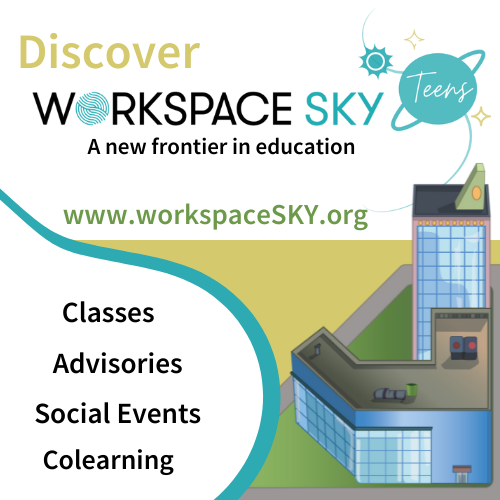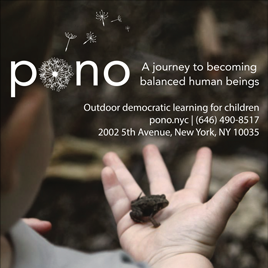A long time ago I knew a consultant who was invited to evaluate a school. At first, when visited, everything looked like it was running very well. He kept visiting. Suddenly a crisis arose at the school, and very rapidly everything fell into chaos. From that experience, he developed a rule of thumb to use in the future, one that has stuck with me: “You never know anything about a school until you see how it does in a crisis.
At the AERO conference this year everything was going well: People managed to get to the school visits, to the campus, and into the dorms with minimal problem. The mini-talks went off as planned. The live stream was working. Almost every presenter arrived for their workshops, but one presenter, Carol Nash, was stranded by bad weather in Canada and no other flight was offered! AERO participants sprang into action. They arranged for Carol to do her presentation in the original room by ZOOM. They also set her up to participate in other workshop discussions. And AERO gave her access to the live stream. As she said, “I truly appreciated the amount I could participate while still at home.”
We had arranged for attendees to eat in the cafeteria to save them some money. Catered meals are many times more expensive. It was a little touch and go, getting them to keep the cafeteria open through our meal times but we managed to do it. But on Saturday I was doing the school starters workshop and couldn’t check up on it. As we were just finishing at about 4:30 I get a text from Peter: The cafeteria was closed and locked! There was no place for the 160 attendees to have supper!
We bolted down to the main building. All food service people had left the grounds! We called a meeting in the theater. Everybody came in, and we discussed the situation. We also had time constraints. The children from Pono had their documentary and presentation planned for just after meal time and their train was coming at 8 PM!.
In the meeting, we decided to get enough food for everyone as quickly as we could. We asked people what they wanted to eat. One participant ordered enough mixed vegetable for 25 people from a Chinese restaurant, to be delivered. We ordered a dozen large pizzas that we picked up after we shopped for lettuce, tomatoes, cucumbers peppers and other vegetables for a huge salad. We bought biodegradable plates, 2-gallon containers of spring water, etc. We used some of the university serving equipment that had been left in the room. Within an hour we had everyone served and fed, in time for the wonderful Pono presentation. We decided to take them to the train afterward, so they would have time for their presentation, which received a standing ovation. Crisis averted.

















